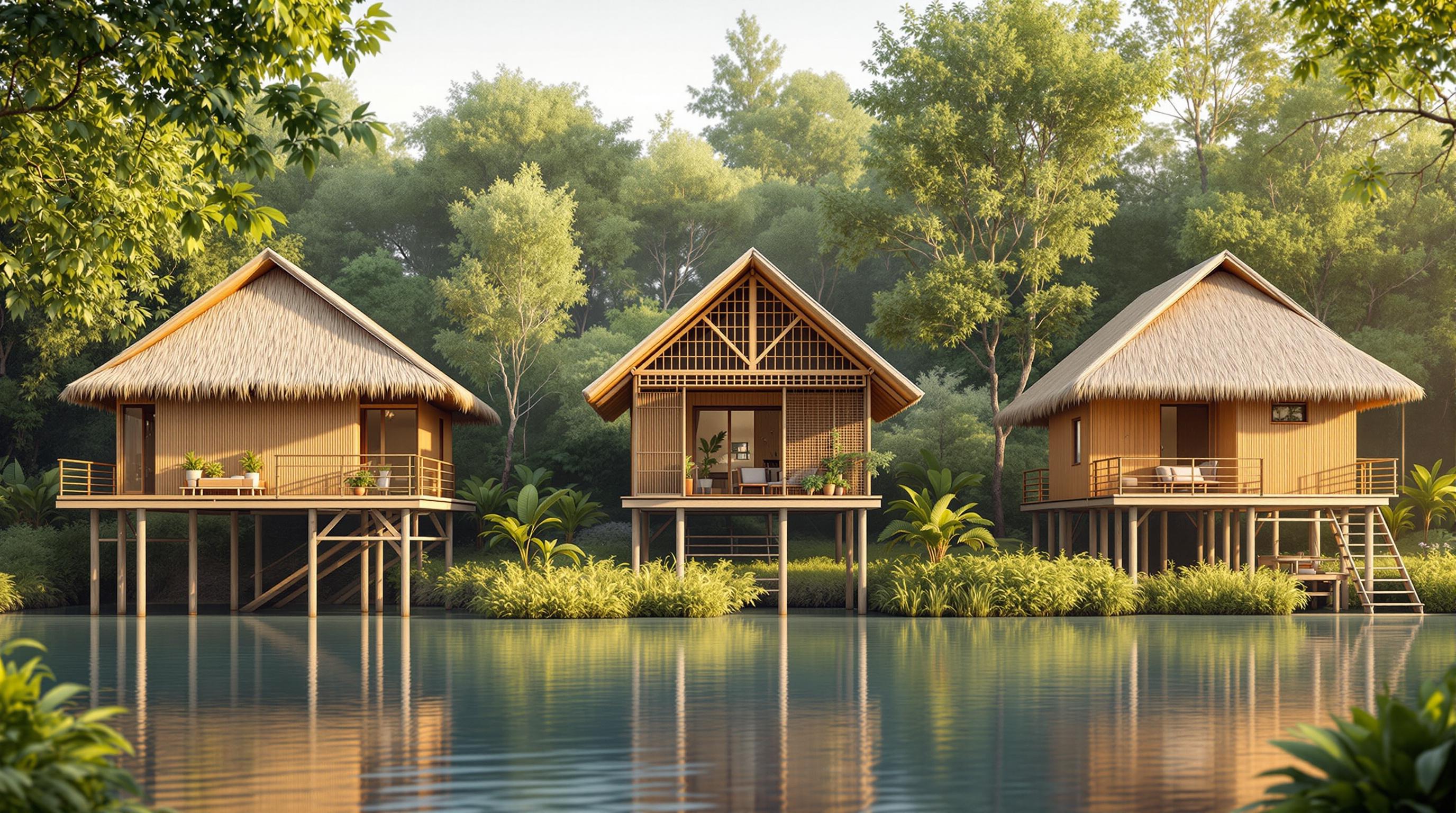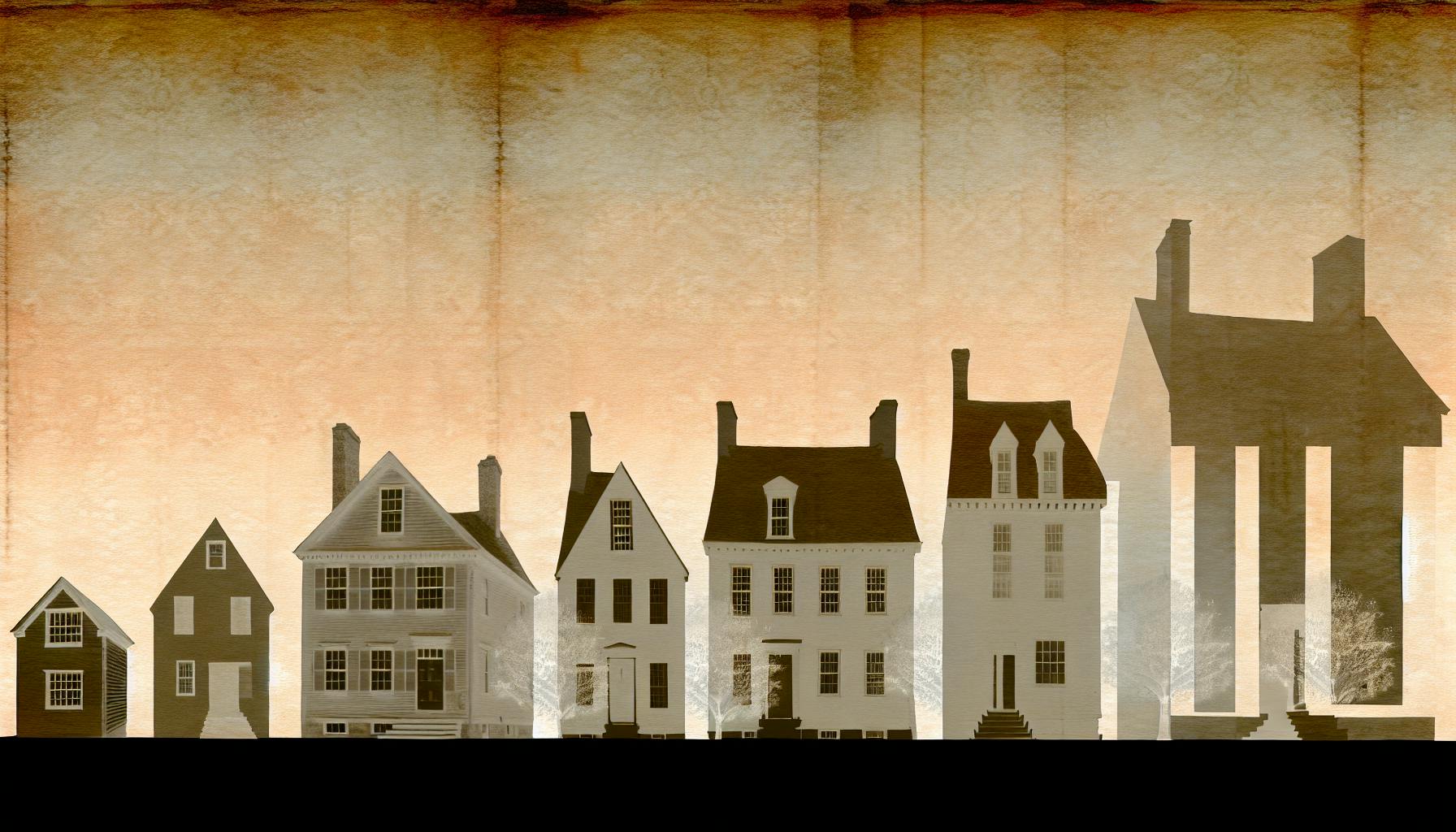For designers and architects seeking innovative inspiration, the emerging vaporwave aesthetic offers an intriguing retro-futurist vision for cafe spaces.
In this in-depth guide, we'll explore the origins, hallmarks, and translations of the vaporwave look into cafe interiors to help you craft truly unique customer experiences.
You'll discover vaporwave's connections to retro futurism and cyberpunk, learn how to build neon-filled, pastel-toned rooms, and incorporate retro waves into furniture, soundscapes, branding, graphics, menus, and dessert presentations.**
Introduction to Vaporwave Cafe Aesthetic
The vaporwave aesthetic is known for its surreal, retro futuristic style that juxtaposes elements of 80s and 90s pop culture, technology, and design with classical Greco-Roman statues and pillars. This odd yet intriguing art movement has made its way from Tumblr and graphic design circles into real-world spaces like cafes, bringing its glitchy, cyberpunk vibe into the physical realm.
Defining the Vaporwave Aesthetic
The vaporwave aesthetic is often associated with:
- Neon lighting and rainbow gradients
- Roman busts and statues
- Japanese and Chinese characters
- Glitch effects and distorted visuals
- Memphis-style patterns and shapes
It pulls heavily from late 80s and early 90s consumer culture, technology, and graphic design, placing classical statues alongside early Windows operating systems and arcade games. There is a heavy dose of retro futurism as well, envisioning an alternate universe where early internet culture reigned supreme.
Origins of the Vaporwave Art Movement
The vaporwave art and music movement emerged in the early 2010s on sites like Tumblr and Last.fm. The style was characterized by a ironic take on consumer capitalism and mass marketing, sampled and slowed down 80s elevator music, and the odd juxtapositions of classical and modern motifs.
Roman busts and statues came to represent consumerism and the excesses of capitalist culture. The glitchy, distorted visuals spoke to the unstable nature of modern technology. Vaporwave was a purposefully surreal parody of the mainstream.
Hallmarks of the Vaporwave Look
Some key hallmarks of the vaporwave aesthetic include:
-
Windows 95 style graphics: Vaporwave relies heavily on early internet and computer graphics, like those seen in old operating systems.
-
Hyper-modern meets Greco-Roman: Classical busts, columns, and statues are constantly intermixed with modern technology and pop culture symbols.
-
Neon and rainbow gradients: Neon colors and rainbow gradients create a futuristic, cyberpunk mood.
-
Japanese and Chinese characters: Japanese and Chinese characters are common, often used decoratively rather than for meaning.
-
Surreal distortions: Visuals are often warped or glitched, taking on a psychedelic quality.
The overall look is both familiar from pop culture yet decidedly foreign. This push-and-pull effect helps create vaporwave's signature style.
Connections to Retro Futurism and Cyberpunk Aesthetic
Vaporwave pulls ideas from the retro futurism and cyberpunk genres which envision alternate futures where technology took a different path. The chrome/metal textures, rainbow palettes, and geometric sci-fi shapes seen in cyberpunk/retro futuristic art have influenced vaporwave as well. These connections give vaporwave its glitchy, tech-centric atmosphere.
Translating the Vaporwave Vibe into Physical Spaces
Vaporwave cafes aim to bring this style off the screen and into interior design. Some key elements include:
-
Black and white checkered floors: Reminiscent of diner culture old operating systems.
-
Rainbow neon lighting: Neon sculptures, wall art, and lighting fixtures create a cyberpunk mood.
-
Retro gaming stations: Classic arcade games and gaming stations add to the retro tech atmosphere.
-
Statues and columns: Greco-Roman statues scattered about make eclectic art pieces.
-
Glitched menu boards: Menus displayed on retro monitors provide surreal accents.
Through intentional decor choices, color schemes, and layouts, vaporwave cafes transport viewers to a parallel retro-future where classical art mingles with visions of the early internet age.
Designing the Vaporwave Cafe Experience
Exploring how the vaporwave aesthetic informs every aspect of a cafe's design, from the neon room ambiance to the retro illustration details on the walls.
Neon Aesthetic: Crafting a Neon Room Atmosphere
Strategic lighting choices like neon signs, color-changing LED strips, floor projections, and holographic displays help recreate the cyberpunk vaporwave ambience.
- Neon tube signs in vibrant pinks, blues, and purples set the futuristic mood
- Programmable LED strip lighting allows dynamic color schemes
- Floor and ceiling projections of shifting geometric shapes or grids establish the virtual world aesthetic
Retro Waves in Furniture and Decor
Distinct furniture styles like the over-the-top 80s Memphis look and sleek metallic retro futurism complement the vaporwave aesthetic in cafes.
Some key furniture and decor elements:
- Memphis-style furniture with loud patterns and colors
- Angular shapes and asymmetric designs
- Lots of glass, steel, plastic, and holographic materials
- Pop art, video game, and cyberpunk decorative pieces
Vaporwave Wallpaper and Aesthetic Wallpapers
Grid paper textures, overlapping colored blocks in geometric patterns, and glitch art prints or projections visually manifest the digital elements of vaporwave.
- Wallpaper or murals using glitch art and dithering effects
- Overlapping transparent color blocks
- Grid paper background textures
- Geometric shapes and lines
- Pixelated gradients
Pastel Aesthetic in Cafe Design
Soft or pastel wall and floor colors subtly nod to vaporwave's origins in 90s web design, while pops of neon add striking focal points.
- Soft pinks, light
sbb-itb-1be9014
Vaporwave Cafe Branding and Aesthetic Art
Vaporwave Graphic Design Typography
Vaporwave cafes often utilize 3D fonts, Windows 95 style elements, neon colors, and glitch or dithering effects in their branding and logos to lean into the aesthetic. This creates a distinct retro futurist look that reinforces the vaporwave vibe.
Menu Design: A Retro Illustration Approach
Menus and specials boards provide opportunities to incorporate additional vaporwave motifs through background gradients, color blocks, pop art illustrations, and more. This allows the cafe to showcase the aesthetic across multiple touchpoints.
Innovative Cafe Food Presentation
Playful plating techniques like colorful gradient sauces, artistically stacked and skewered ingredients, and geometric patterns sliced into foods bring an avant-garde flair. This modernist approach to food presentation aligns with vaporwave's forward-thinking ethos.
Aesthetic Room Decor and Table Setting
Holographic ombre drinkware and intentionally distressed or aged-looking mugs at tables reinforce the retro futuristic ambience in clever ways.
Japanese Pop Art and Psychedelic Art in Desserts
Vaporwave concepts can also inspire drink and dessert recipes, like pixelated sugar cubes in boba tea, rainbow jelly cubes, technicolor cronuts, or cyberspace mirror glazed cakes. This allows customers to literally consume the aesthetic.
Conclusion: Embracing the Vaporwave Cafe Aesthetic
In summary, the vaporwave aesthetic centers around creatively bringing digital art and music styles into physical spaces through lighting, colors, textures, graphics, furnishings, and even cafe offerings. The ideas behind vaporwave provide opportunities for novel, evocative interior designs and experiences.
Vaporwave Aesthetic: A Comprehensive Overview
The vaporwave aesthetic originated from an art movement parodying 80s and 90s consumer culture through surreal, heavily edited visuals with a retro futuristic mood. Key characteristics include:
- Heavy use of pink, teal, white, and black colors
- Glitch effects
- Abstract shapes and patterns
- References to retro technology
Innovative Vaporwave Interior Design
Thoughtful choices in lighting, furniture, wall decor, textures, layouts, and audio are key for manifesting vaporwave style in physical spaces. Design elements may include:
- Neon accent lighting
- Curvy abstract sculptures
- White minimalist furniture
- Retro technology incorporated as decor
Holistic Incorporation of Vaporwave Cafe Elements
Branding, menus, serving pieces, food and drinks can all adapt vaporwave motifs to complement the interior design. Examples include:
- Menus and branding with glitch text
- Pastel-colored beverages
- Geometric dessert plates
The Future of Vaporwave Cafe Aesthetics
Vaporwave's conceptual elements provide limitless inspiration for novel, evocative cafe designs by reimagining the past through technology. The style will continue evolving into new iterations.


